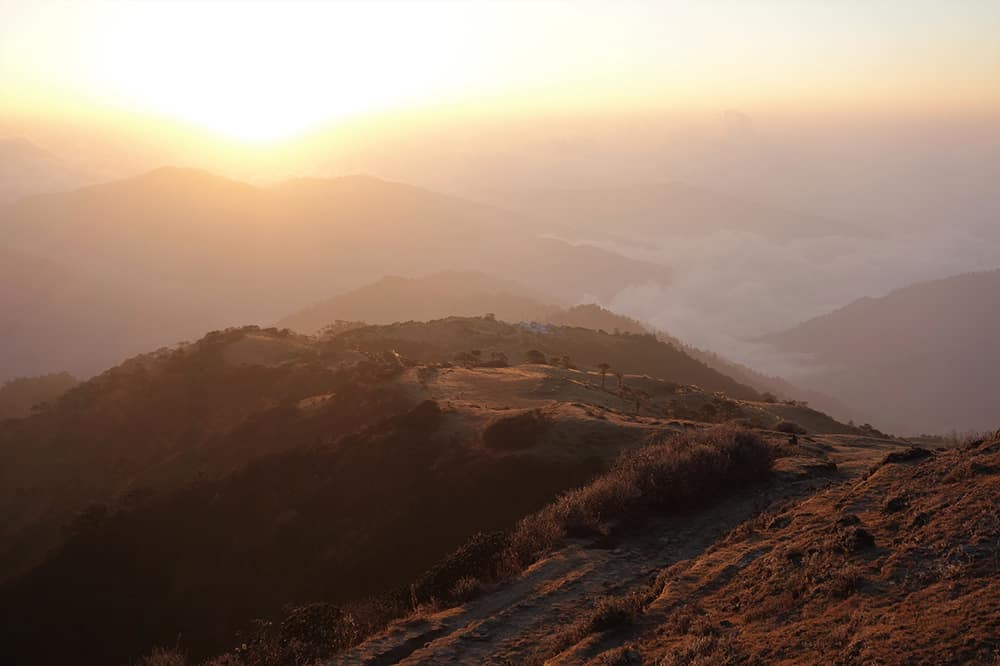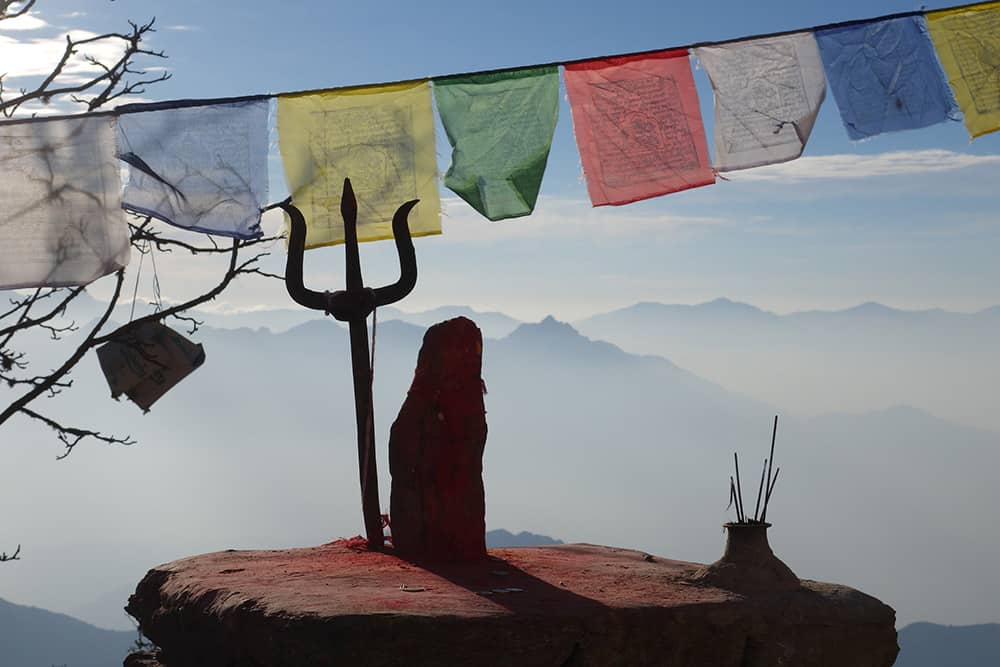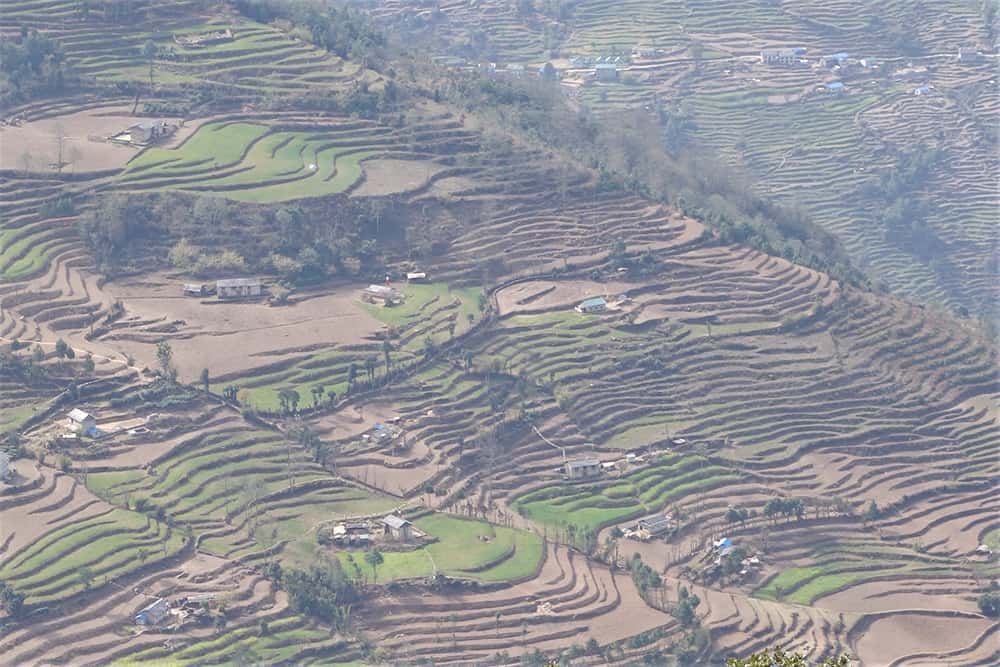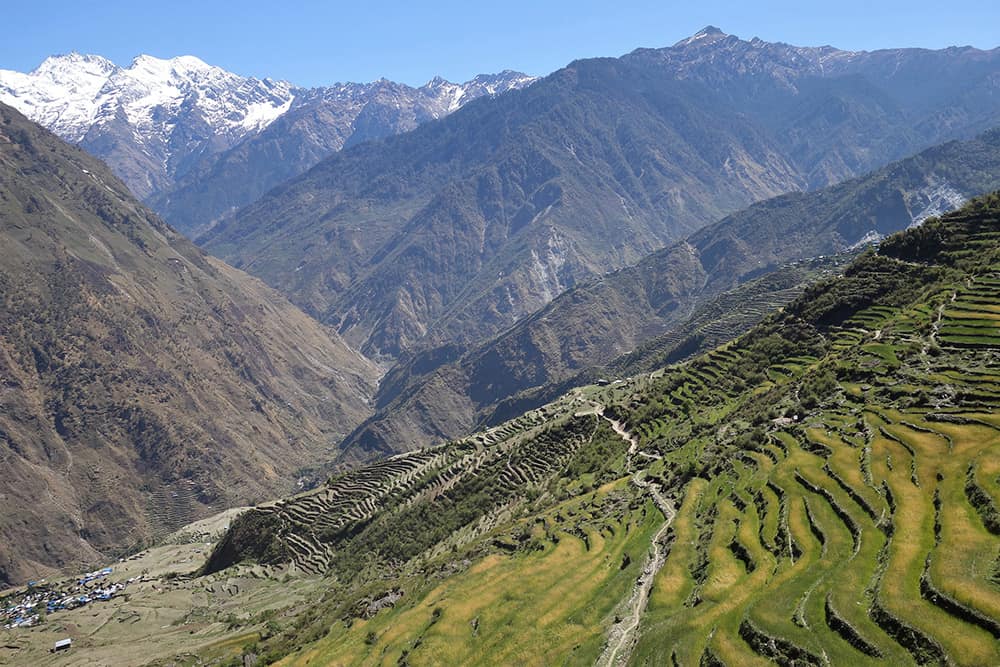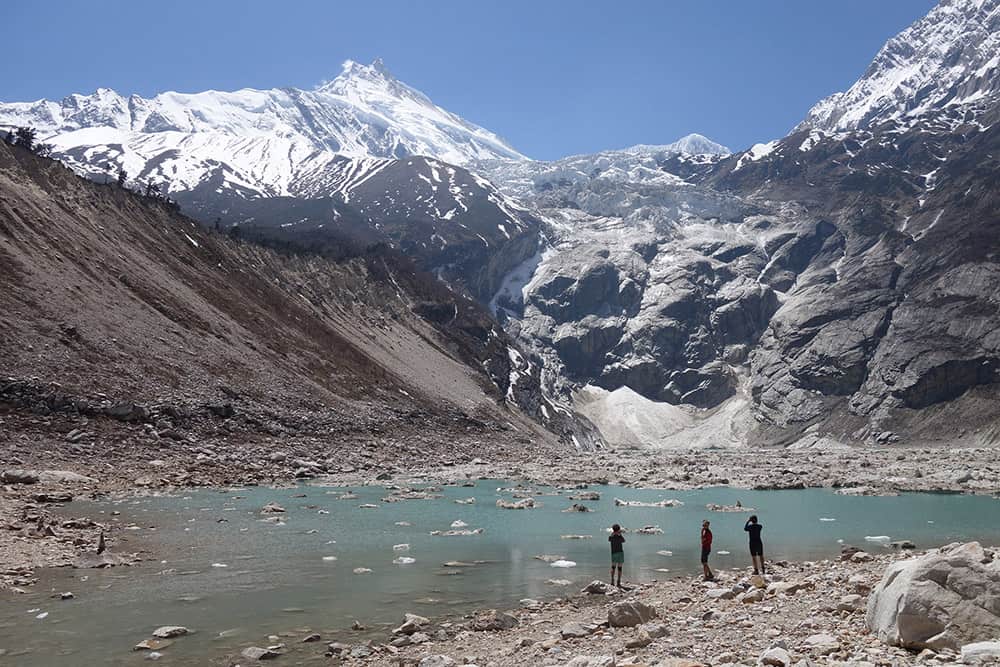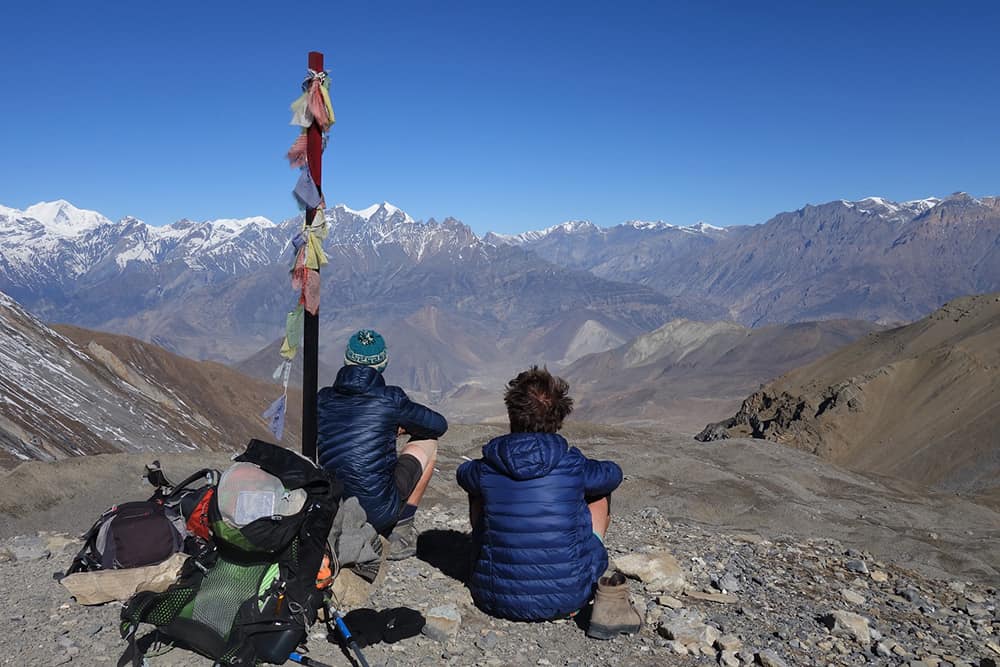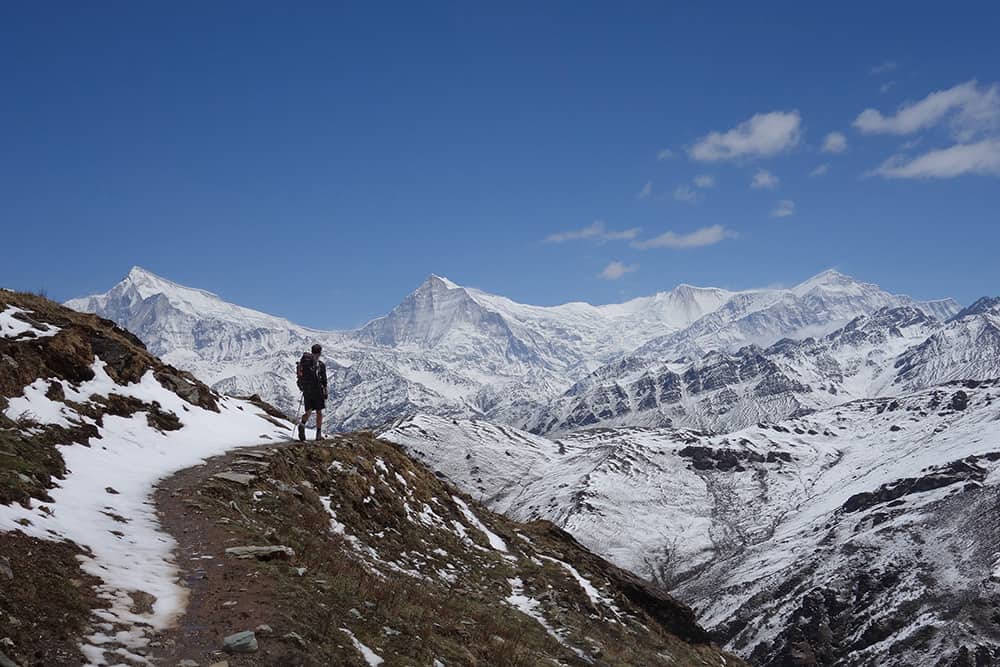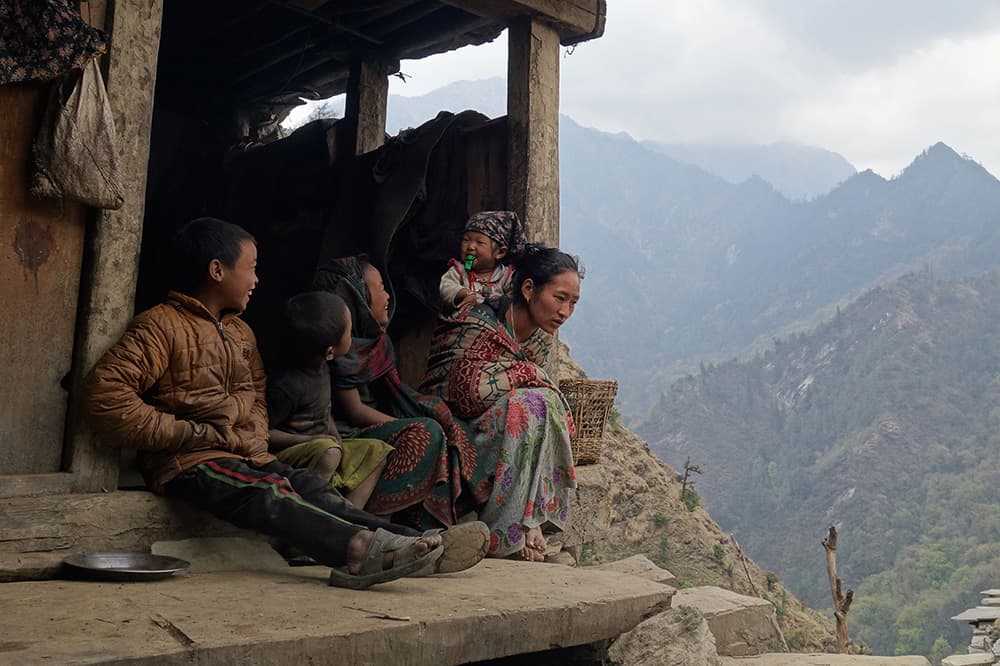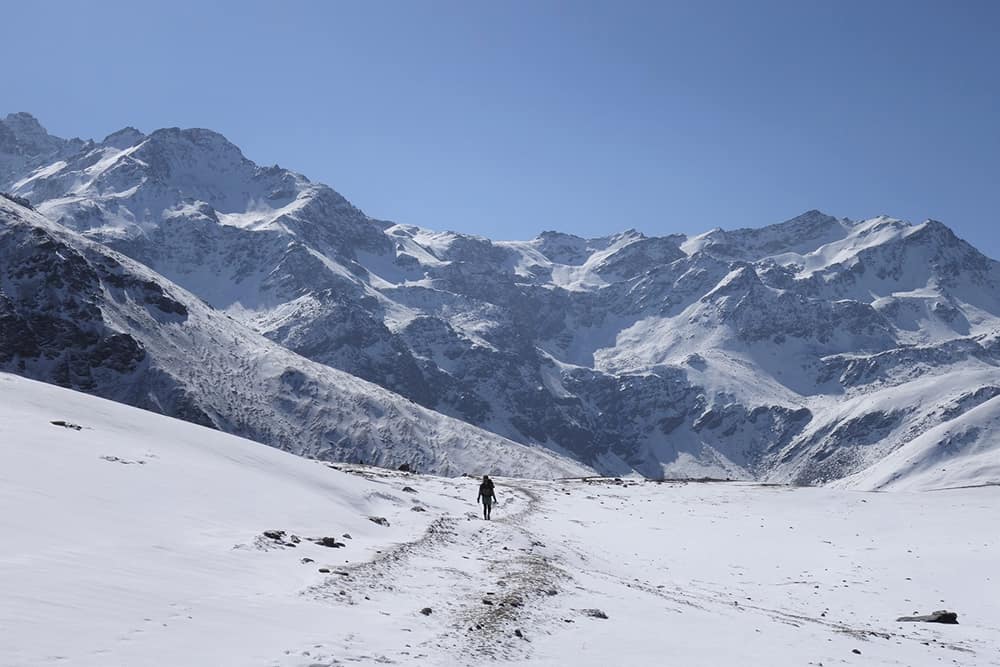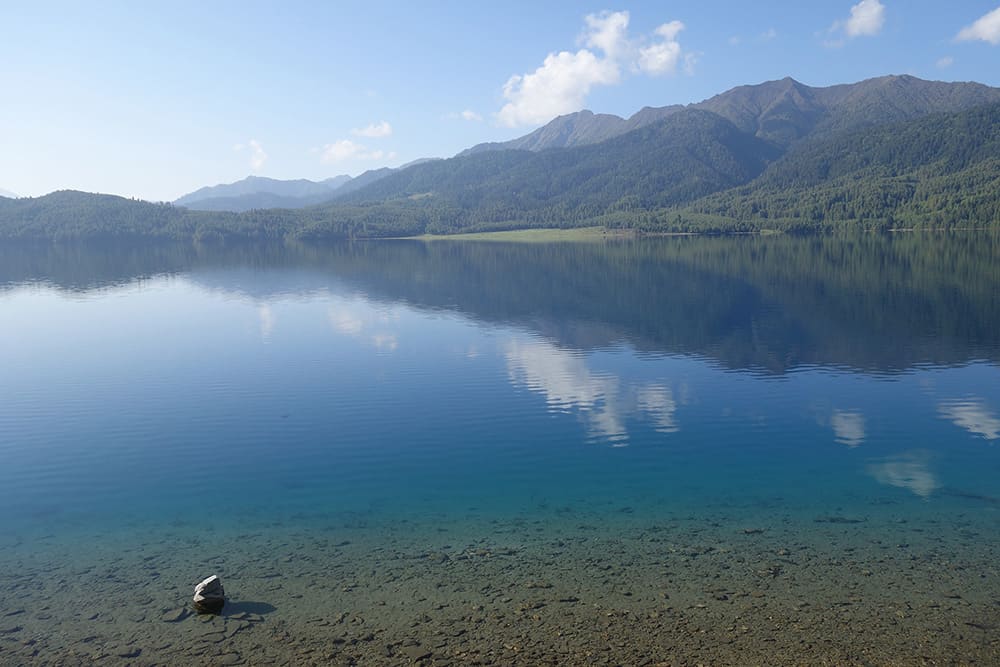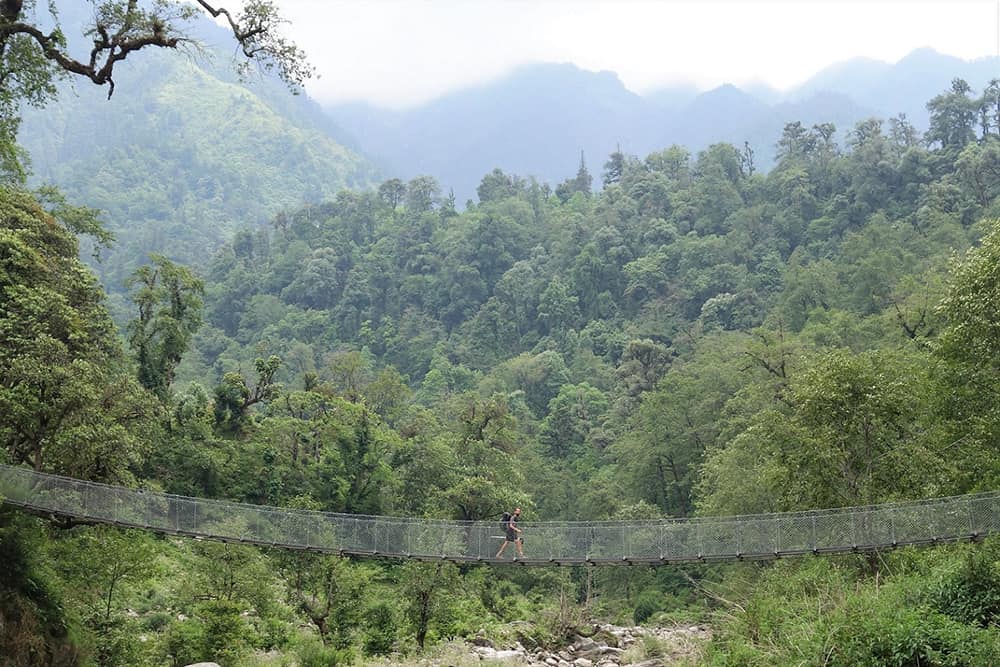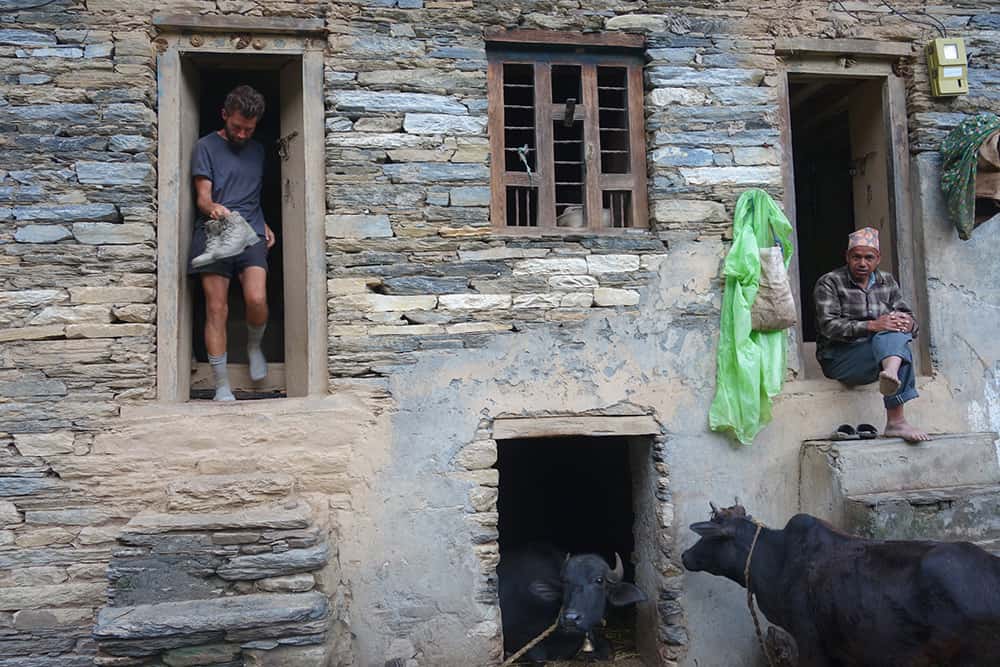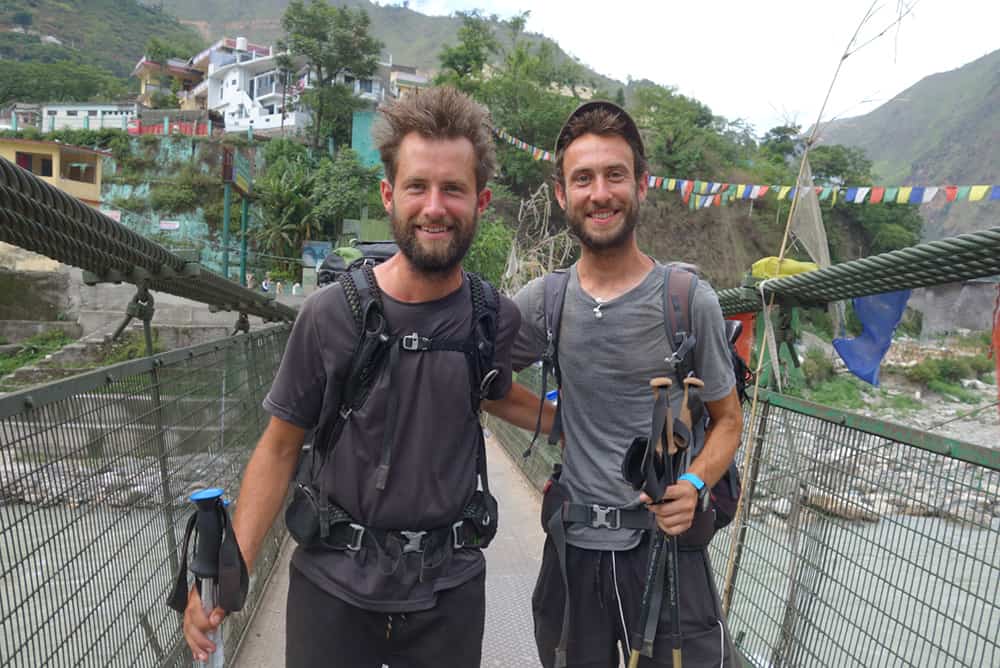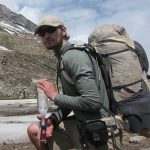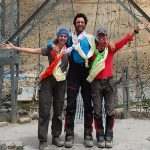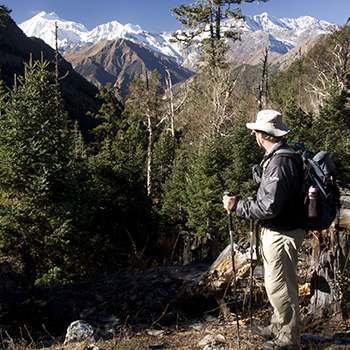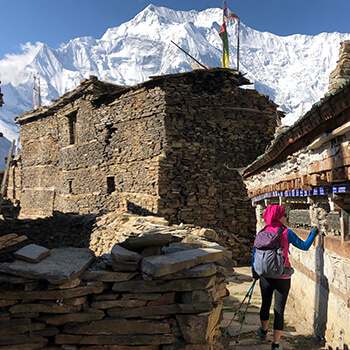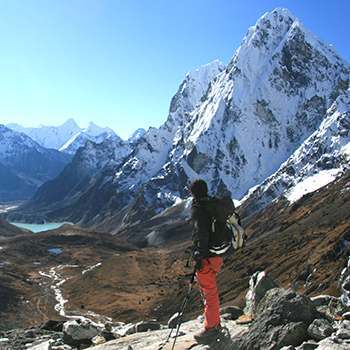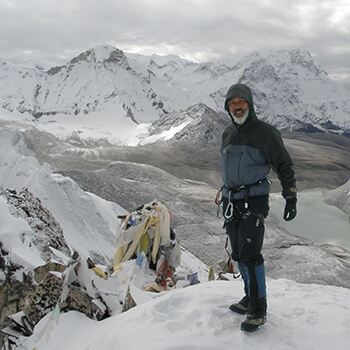
Toby’s GHT Reflections in the time of Covid
In the Spring of 2017 my friend John and I completed a GHT thru-hike, walking east to west across Nepal. We covered nearly 1600km in 92 unforgettable days.
I’m re-drafting these notes from sea level in London, where we are a month into a nationwide Covid-19 lockdown. Much like Nepal. Housebound, and with daily adventures limited to trips to the corner shop for groceries or jogs around the local park, I find myself lost to wanderlust, resorting to re-living stretches of the hike.
Low Route vs High Route Decisions
Our route comprised elements of both Low and High Routes, with a total vertical ascent of more than 80,000m. As relatively inexperienced hikers, and wanting to remain as independent as possible, we planned a route which avoided technical climbs and passed through inhabited areas as far as possible. We based our itinerary on Linda Bezemer’s ‘Low Route’; heading up onto the High Route for the stretches past Gosainkund lakes and through Manaslu and Annapurna regions, then dropping back onto the Low Route from Dolpo to the western border at Darchula. We managed a 5-day side trip to the unmissable Phoksumdo Lake, and took an enforced detour to Lukla in search of an elusive ATM.
Counter-intuitively, our stretches on the Low Route provided much of the more taxing trekking, with repetitive ascents and descents as we climbed in and out of valleys on a daily basis. In contrast, the spells we spent on the High Route tended to follow river valleys rather than cross them continuously, and as such involved more gentle ascents/descents.
Our Life on the Trail
We travelled lightly (carrying roughly 12-15kg each), without cooking equipment or significant food supplies, but carried a tent as back up for days when we couldn’t reach shelter. We’d cover around 15-20km in a day, normally with a tough climb up to a pass or ridge, and a long descent to village or river crossing.
A typical day would start with basic breakfast in our homestay or teahouse (omelette and roti perhaps) before setting out around 8am. We’d walk with scenic breaks and food where possible (often instant noodles the only option), and normally called it a day around 3-4pm. Evenings were often spent socialising around the family stove; consuming mountains of dal bhat, practicing our crude Nepali and drinking tea, beer or raksi. Exhausted, we’d often be asleep by 8 or 9pm.
The trip certainly wasn’t without its hardships; John suffered from a mystery illness for much of the last month of the trip, I was ‘gored’ by an over-protective mother nak (female yak) in western Dolpo, we had several frightening evenings caught on mountainsides shrouded in cloud with lightning storms closing in. As wonderful as unlimited dal bhat can be at the end of a long day’s walk, by the time we reached the west it had started to grate; we both grew thin as the diet couldn’t replace proteins no matter how much we ate.
Simply Breathtaking
Yet these pale into insignificance compared to the highlights: Breathtaking Himalayan panaromas at Pathibara, Phagune Dhuri and Thadepati Pass, a night spent camping with yartsagumbo hunters in snow at 4,000m in Dolpo, the friendly Tamang villages of the Ganesh Himal, Newari thalis in the bazaars of Jalbire and Bharabise… The list could go on and on.
We passed through an astounding variety of dramatic landscapes and cultures, and were taken aback by the warmth and generosity of Nepali people on a daily basis. I can’t recommend the experience enough, and (once lockdowns have eased!) would urge anyone thinking of walking the GHT to go for it. The best advice I can give is to plan your trip well, learn some basic Nepali, and consider taking some knee supports along with you…
A more detailed tale of our trip can be found on our blog, along with photos, a day-by-day itinerary and breakdown of visa and permit costs: http://cargocollective.com/nepaltraverse




